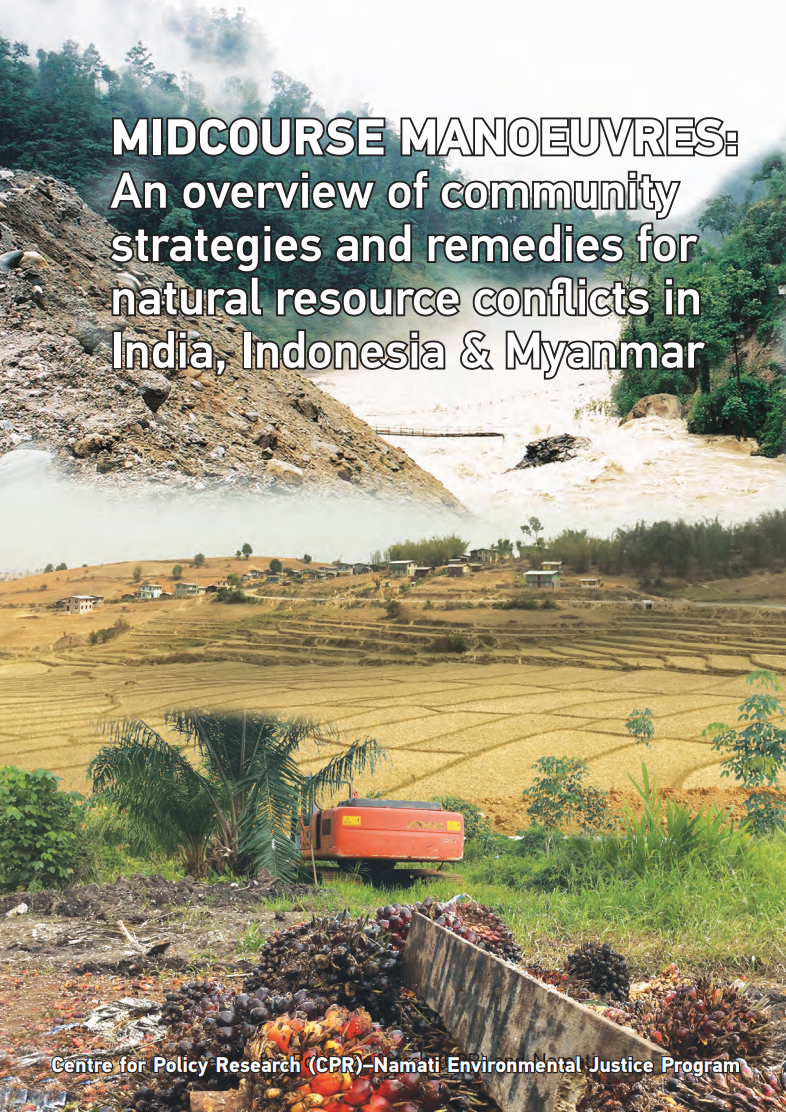Grab for white gold - platinum mining in Eastern Shan State (Burmese မြန်မာဘာသာ)
အစီရင်ခံစာအကျဉ်းချုပ်
ရှမ်းပြည်နယ် အရှေ့ပိုင်း တာချီလိတ်မြို ၏့ မြောက်ဖက် တောင်တန်းဒေများတွင် ဒေသခံများကို ထိခိုကေ် စသည့်
ရွှေဖြူတူးဖော်ခြင်းလုပ်ငန်းကို ၂၀၀၇ခုနှစ်မှ စတင်ခဲ့ကာ ယင်းကြောင့် လားဟူ၊ အာခါနှင့် ရှမ်းရွာ ၈ရွာမှာ လူပေါင်း ၂၀၀၀ကျော်ကို
ထိခိုက်စေခဲ့သည်။ ရွှေဖြူတူးဖော်မှုကို မြန်မာကုမ္ပဏီများက ဆောင်ရွက်နေပြီး တရုတ်နှင့် ထိုင်းနိုင်ငံသို့ တင်ပို့လျှက်ရှိသည်။
တာချလီ တိ ြ်မို ့ မြောကဖ် က ် ၁၃ကလီ မို တီ ာအကွာရ ှိအားရဲခေါ် အာခါရွာအနီးတငွ ်ကမု ဏ္ပ ၅ီ ခကု လပု င် န်း လပု က် ငို လ် ျှကရ် သှိ ည။်


